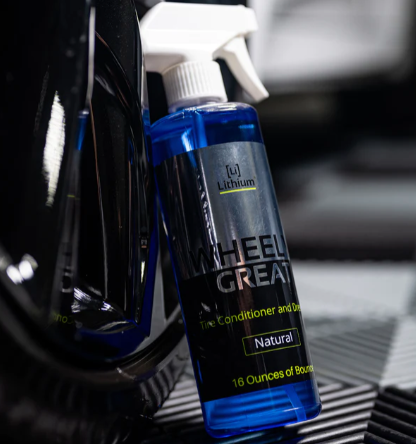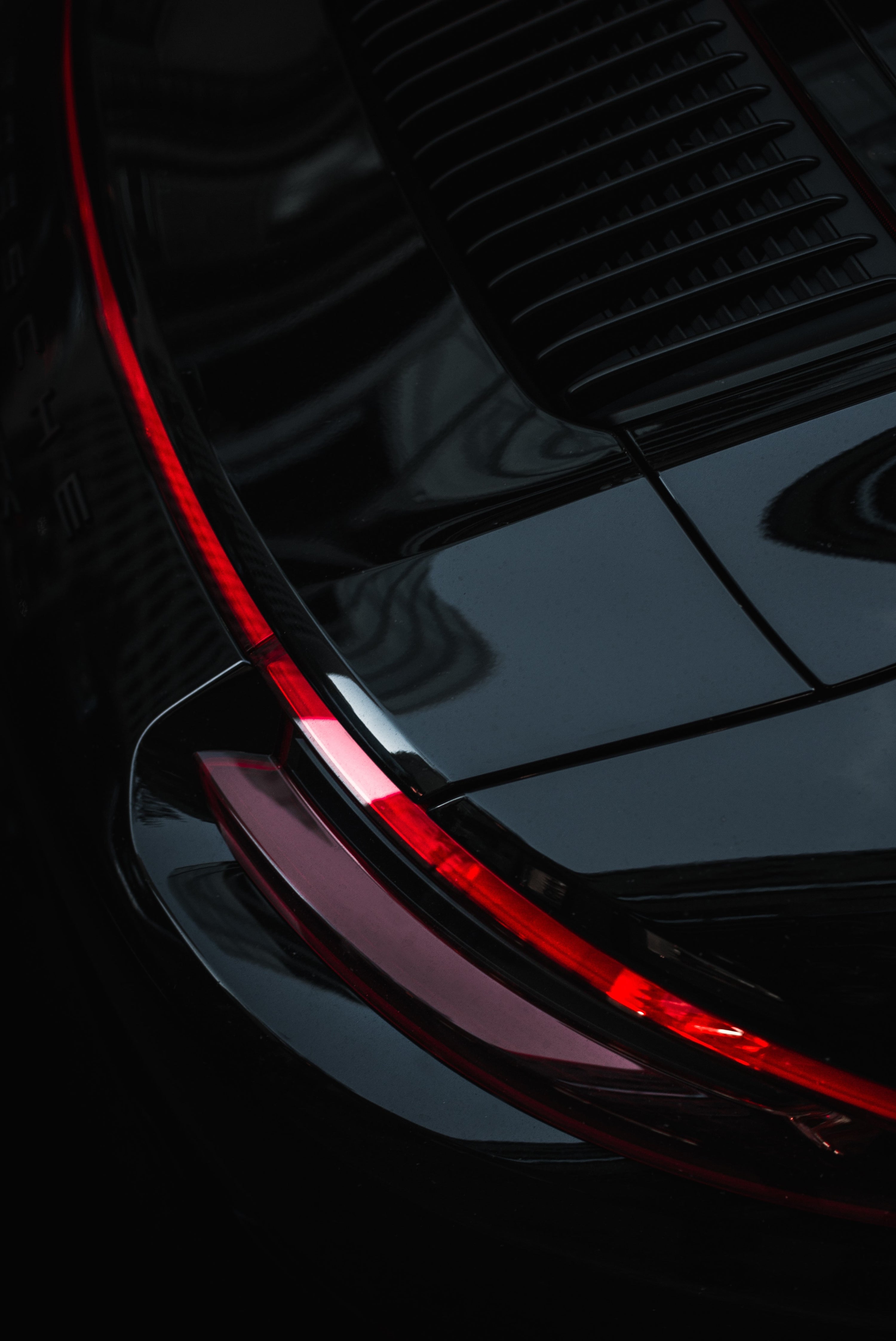
(Ok Its Dead So Happy May Not Ever Happen- But..)
There are few things that evoke feelings of 'all is right in the world for me' quite like the smell of freshly cut grass in the spring—unless, of course, it's the fragrance of leather on a warm fall day. There's something about the idea of cruising around with the top down, taking in all that the season has to offer our senses. A big part of the romance behind this idea comes from spending the day in the perfect driving machine—a car that is both mechanically and aesthetically perfect, with leather that is healthy, soft, and supple.
In this little assault on the English language, we are going to cover tips and secrets on how to achieve the healthiest hides possible.
What you will need:
-
The Best Tools for Leather Care:
- Soft-bristle brush: To agitate the leather cleaner and get into the minor age lines and crevasses.
- Leather cleaner: For removing stains, dirt, bacteria, and oils transferred from your skin.
- Leather conditioner: Essential for hydration.
- Microfiber or soft cloths: For cleaning and buffing.
-
Caring for Leather in a New Car:

This subject is always a source of debate among enthusiasts and 'leather experts' because most new cars feature leather that has been treated with a thin coat of ethane or other polymers to protect it from water and stains. These coatings are waterproof and prevent the absorption of cleaners and conditioners. Thus, people often say, 'the only thing you can really do is wipe them down with a damp cloth,' which makes sense on the surface. However, over the years, we've paid close attention to what happens to 'treated leather' that isn't treated very well by its owner, and we have to say that some additional effort makes a huge difference. Therefore, we've become 'equal opportunity leather enthusiasts,' treating all hides as though their health and appearance depended on it—because it does.
Some tips for treated leathers:
- Immediately clean spills with a damp cloth. Yes, we know it sounds obvious, but there have been many times when a spill happens on the vacant passenger seat, often delaying the cleanup effort. This delay allows the liquid to seep into the stitching and the needle holes created by the stitching, allowing moisture to subsequently make its way into the untreated, vulnerable backside of the leather.
- Use specialized automotive leather cleaner and conditioner. Didn't we just say this stuff can't be absorbed? You get an 'A' for reading retention. However, these conditioners still contain ingredients such as UV inhibitors and oils (the base emulsifier for urethanes) that really help the protective top coat 'stay protective.'
- Regularly clean with a 'non-solvent-based cleaner.' Solvents are like kryptonite to urethane, so stay away from harsh, chemical-based cleaners. We've had great luck with a product called Hyper Cleanse by Lithium. It's super gentle, super effective, and safe. Yes, that's a 'shameless plug,' but it's our blog!
So, we've provided you with the keyword searches—oops, we mean 'extremely helpful and resourceful information' on why it's important to care for your hides. Now let's get down to business.
-
Understanding Different Leather Types:

- Full-grain, top-grain, corrected-grain, bonded leather.
- Varied maintenance needs – full-grain requires minimal care, others may need more attention.
-
What to Avoid with Leather:
- Harsh chemicals and household cleaners.
- Overexposure to direct sunlight.
- Excessive water or soaking.
- Abrasive materials and rough scrubbing.
- Sharp objects and pet claws.
-
The Truth About Leather Shine:

- Shiny leather isn't necessarily clean leather; it may have artificial coatings.
- Clean leather should have a natural sheen and well-nourished appearance.
- Proper care involves regular cleaning, conditioning, and protection.
Conclusion: In the world of fashion and automotive elegance, leather stands out as a symbol of timeless style and sophistication. To preserve your leather items and ensure they age gracefully, it's crucial to follow the right tools and techniques for maintenance. Remember, the goal is not just a shiny surface but a well-cared-for piece that exudes natural beauty and charm. With the tips and insights shared here, you can enjoy your leather possessions for years to come, appreciating their enduring appeal. So, go ahead, embrace the art of leather care, and let your leather items tell a story of elegance and class.





1 comment
Shirley
Wow! This is amazing, thank you.
Wow! This is amazing, thank you.